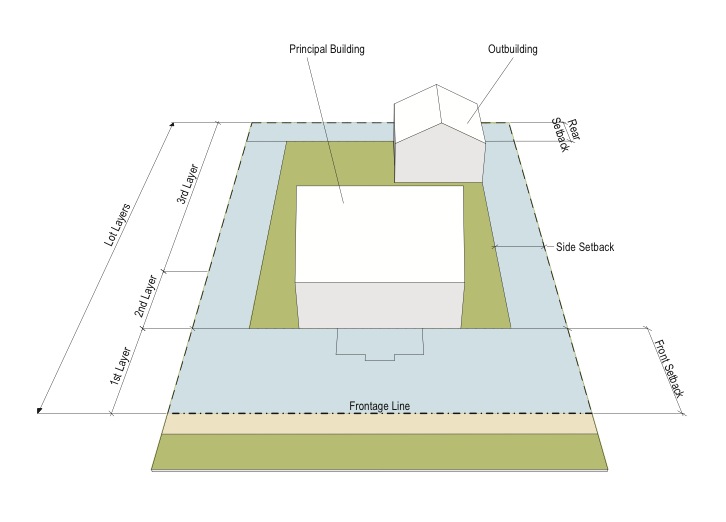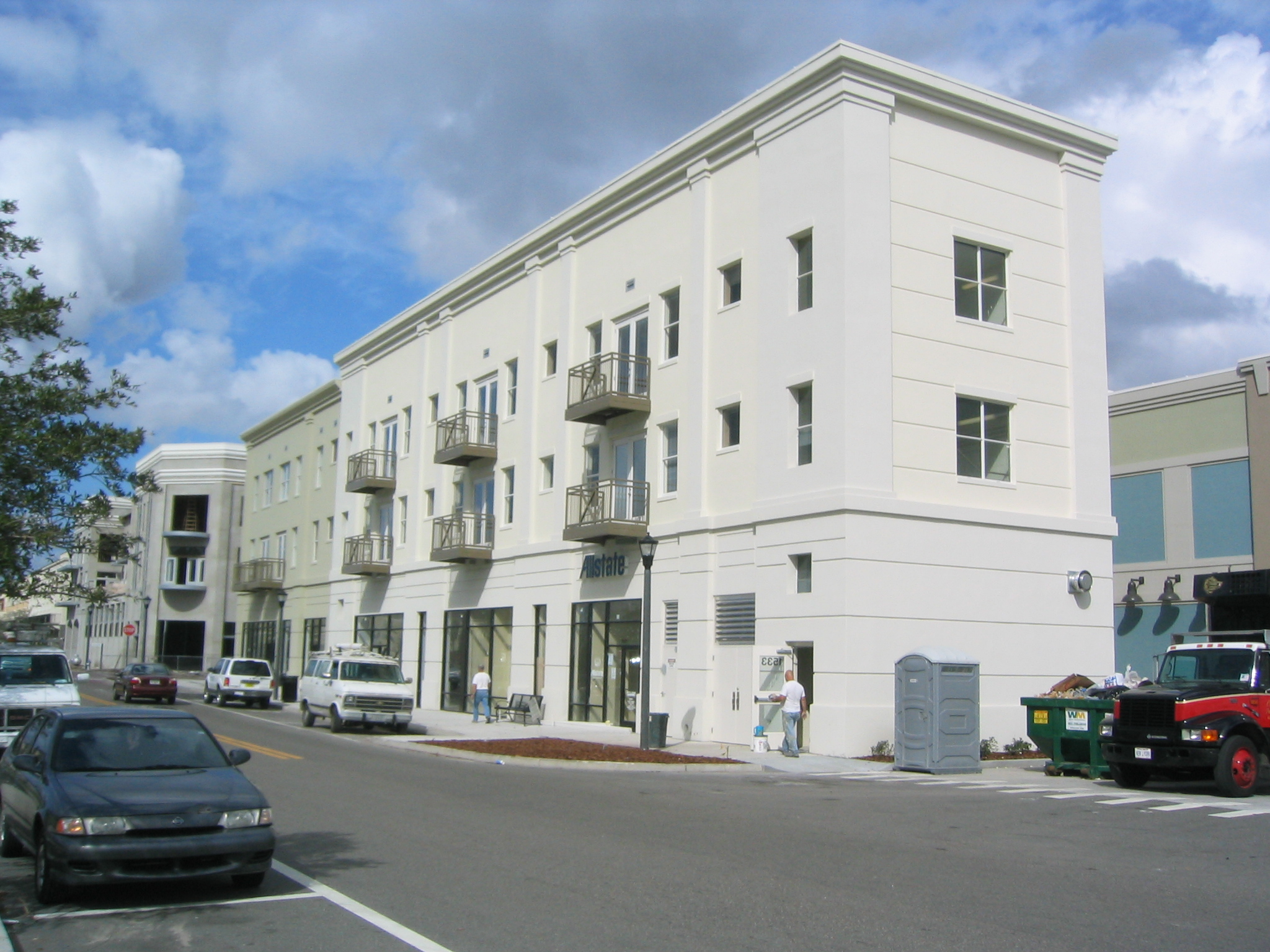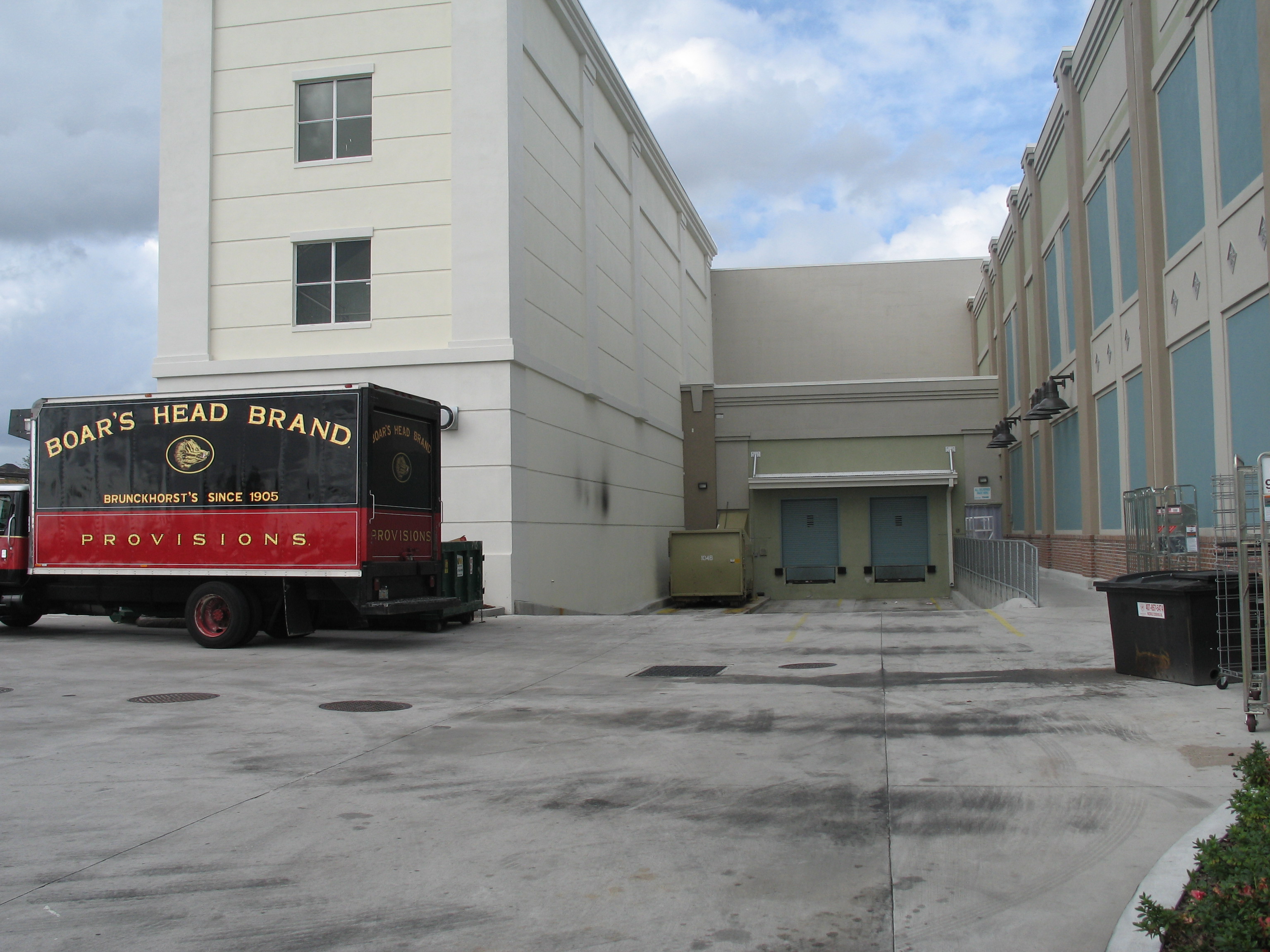A Placemaking Journal
Fronts, Backs, and Everything In Between

I am fortunate to sit as a non-voting member on a SoCal city’s Design Review Board, which is a difficult job and I applaud the many people across our nation who serve on these boards to make difficult decisions for individual land owners and neighbors on behalf of their respective cities. The overwhelming majority of the issues I see monthly are redesigns in response to conflicts between neighbors due to a simple confusion between how new and existing buildings should relate to their lots and to each other.
The majority of US West homes are the first buildings built on their lot, most likely between the 50s and 80s. The ubiquitous ranch house, smack dab in the middle of its lot, is difficult to urbanize as a neighborhood continues to build upon itself, evolving to meet the ever-changing conditions of the 21st century. There is clearly a need for Galina Tachieva’s “Sprawl Repair Manual,” with its best practices in retrofitting suburbs, malls, and ranch homes, as people are naturally confused about the handling of garage doors, garden patios, and the dreadful double loaded apartment corridor.
What we forgot to plan for when we designed ranchettes and garden apartments was that towns continue to live on past their initial infrastructure investment and we continue to build, inhabit and urbanize our lots and blocks over time.

(Sabre Springs, San Diego, CA, built circa 1980)

So, what was lost? What magic ingredient would help us avoid neighbor conflicts and enhance the quality of our lives as we settle in and transition together from rural to suburban to urban community character? It appears to be a shared understanding of a building’s fronts, sides and backs.
As social beings, we live both public and private lives and our habitats reflect such. We have public streets, squares and buildings to spend time in with our neighbors. In addition, we also have private lots, yards and buildings to spend time alone or with family and friends. When those spaces and places are confused by others, it causes anxiety and conflicts.
To overstate the point, our bodies have a more public front and a more private back. Too often we only equate buildings with the ‘public’ front of the human body from head to toe.

The fronts and backs of buildings are important to form-based and place-based codes. They’re purposely regulated in municipal and development codes because how the building addresses the street defines that street’s character. Therefore, these codes define lot layers up front with simple graphics that control the variables. In the first layer are building frontage, such as built-to lines, and permissible encroachments, such as colonnades, porches, balconies, and bay windows. The second layer controls the more private main building and the third layer provides guidance for parking, service access, and outbuildings.

How buildings front the street and address each other creates that ‘curb appeal,’ or sense of place. How buildings back onto each other is also important, as our junk, trash cans, garage doors, and kids screaming in their backyards all match up and you don’t have folks acting out their private lives in their neighbors front yard and vice versa.
Clearly defining a place for our private and public lives on a lot serves to manage expectations between neighbors. Matching expectations brings a little harmony to just relaxing privately in your backyard or waving and talking with to your neighbors while sitting on your front porch or stoop.




–Howard Blackson
If PlaceShakers is our soapbox, our Facebook page is where we step down, grab a drink and enjoy a little conversation. Looking for a heads-up on the latest community-building news and perspective from around the web? Click through and “Like” us and we’ll keep you in the loop.








